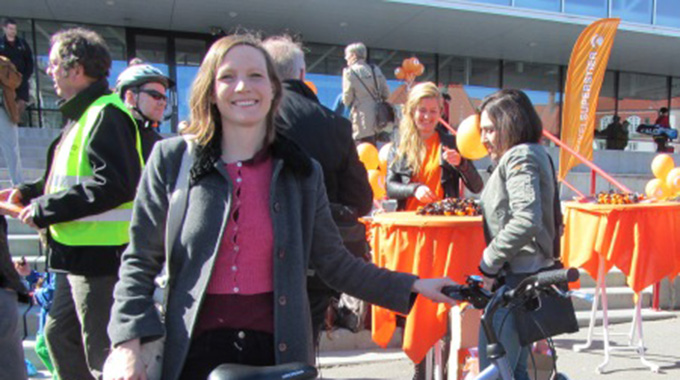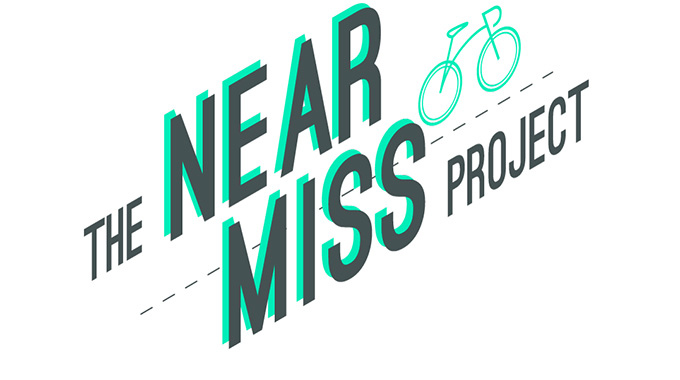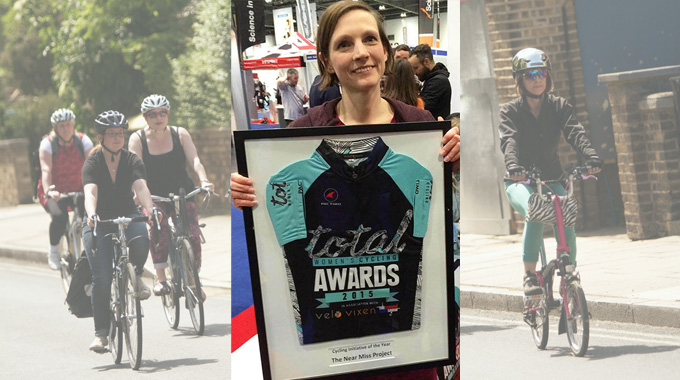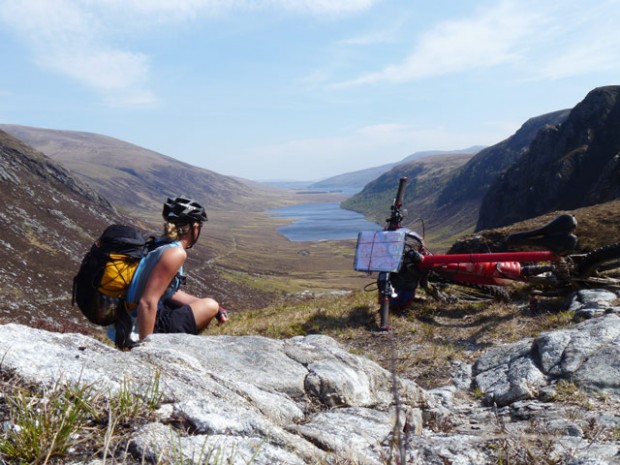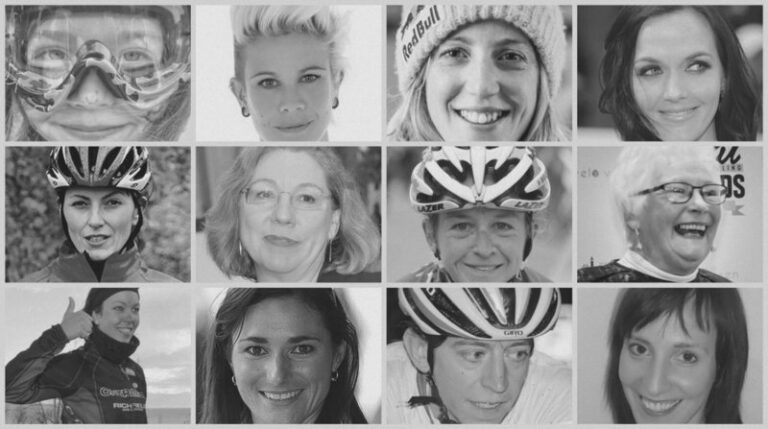Dr Rachel Aldred, cycling safety researcher
Dr Rachel Aldred, cycling safety researcher
Cycle safety is a hot topic, with a lot of opinion flying around on all sides. But for positive change to happen you need action, and for the right action you need research into what is actually going on on our roads. You might be surprised to learn there isn’t as much evidence of that as you’d hope, but one researcher, Dr Rachel Aldred, is changing all that.
Dr Aldred is a Senior Lecturer in Transport Planning and Management at the University of Westminster. She’s has led a number of ground-breaking studies into the experience of cycling in the UK, with the most recent being the Near Miss Project which aimed to quantify the number and type of ‘near miss’ experiences cyclists have in a typical day of riding.
“We have this really weird approach to injuries on the road in the UK, particularly compared to other industries like the air industry or the rail industry. We don’t do anything until deaths and injuries happen – campaigners tell us that they can’t get something changed because ‘no-one’s died’. It’s shocking! If two aircraft had a near miss, that would be a big issue and a lot of work would go into finding out why it happened, and stopping it happening again.”
This was the concept behind the Near Miss Project. Thousands of cyclists across the country kept a one-day diary over the same week in November, charting the riding they did, the routes they took, and the number of near miss incidents they experienced along the way.
“We had nearly 1700 people who kept diaries. Around 4,000 [near miss] incidents were reported, so you’re talking about each person reporting on average nearly three incidents over their day of cycling which sounds like a lot.”

